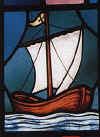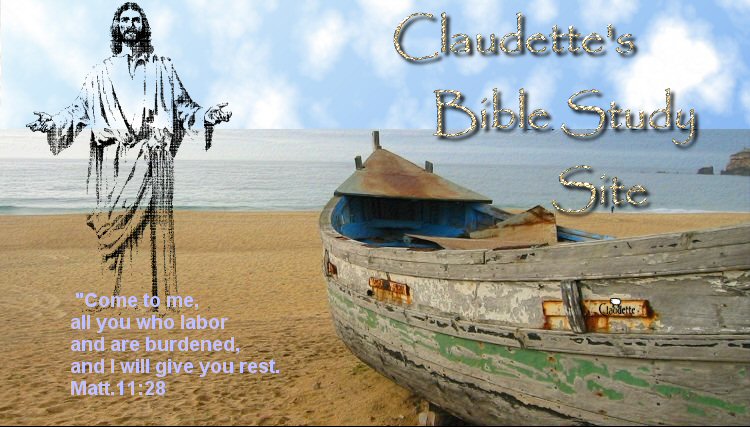- The
Message of the Cross
- Luke
22:47-23:56
- Feb 29
The symbol of
the cross is used in many
ways—on and in Christian
churches, by the Red Cross, on
many European flags. It is
used as jewelry even by
non-Christians. But they would
never think of wearing a
burnished gold miniature of an
electric chair around their
necks. In the first century
the wooden cross meant capital
punishment for criminals.
Jesus died as a criminal to be
the substitute for us sinners.
Some old hymns have well
retained this essential truth
of Jesus’ cross. Not many
contemporary songs about his
death do that. Approach this
study with prayer for a deeper
understanding of the cross of
Jesus.
1. What was your first
understanding of the Christian
cross?
2. Read Luke 22:47-62. In a
word or phrase what describes
the way Jesus relates to each
individual or group during his
arrest?
3. Only a few hours after
Peter swore loyalty to Jesus,
he makes an about-face (vv.
57-60). In what kind of
situation are you tempted to
avoid identification with
Jesus and his cause?
4. After a sleepless night in
the hands of calloused guards,
Jesus faces a pretrial at
daybreak. The Jewish council
charges him with the religious
transgression of blasphemy.
But that is not cause enough
to have him executed.
So in the Roman trial before
Governor Pilate they switch to
the political charge of
treason. Read Luke 23:3-25.
What reasons can you suggest
for Jesus’ silence or near
silence before Pilate and
Herod (23:3, 9; see also
22:67)?
5. Three times Pilate says he
finds no valid charge against
Jesus, and seeks to release
him (vv. 4, 13-16 and 22). Why
then does he ultimately
pronounce the death penalty on
Jesus?
6. A mixed crowd accompanies
Jesus to his crucifixion
outside the city. Recalling
the previous night, you can
imagine his physical and
emotional condition now. Yet
he continues to be prophetic
and sensitive, especially to
the women mourners (vv.
26-31). Read verses 32-56.
Luke gives few details of
Jesus’ physical death.
Instead he focuses on
people’s attitudes. What
attitude to the man on the
center cross does each group
or individual reveal?
7. Luke focuses on one of the
criminals, the only person to
whom Jesus personally
responds. What may be Luke’s
reason for this focus?
8. Throughout his six hours on
the cross, Jesus is in touch
with his Father. What do his
brief words to the Father
reflect about their
relationship (vv. 46, 34)?
9. Luke carefully records the
physical phenomena occurring
at the point of Jesus’ dying
breath (vv. 44-45). What do
they signify and imply
practically about that death?
(Check your view with Hebrews
10:19-25.)
10. What can we do to make the
message of the cross relevant
to our needy world—as the
church?
as individuals?
|

